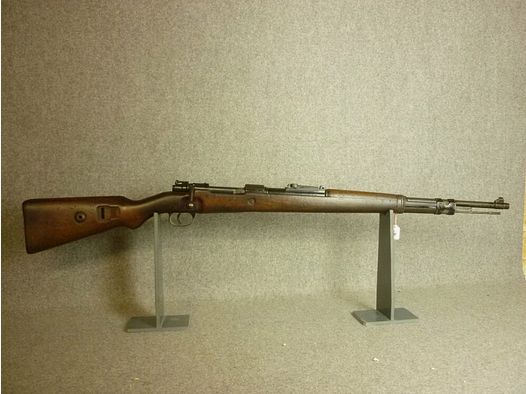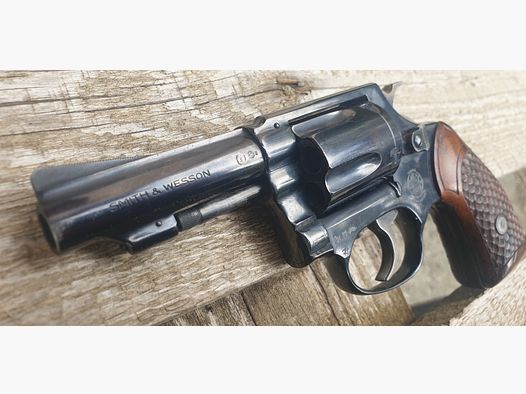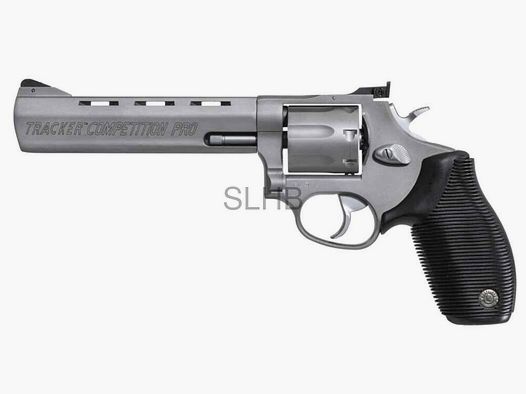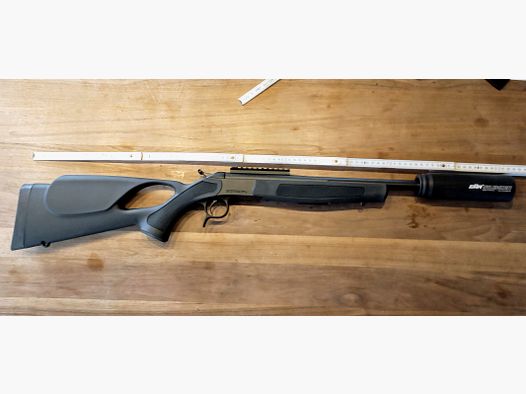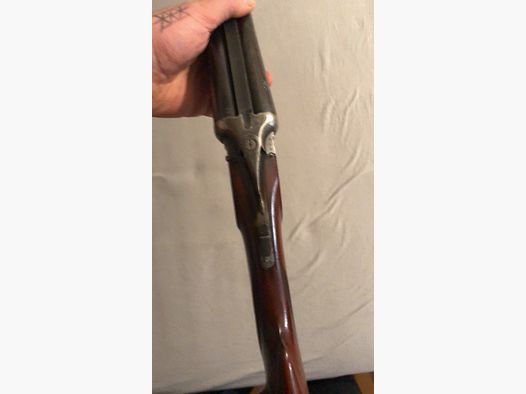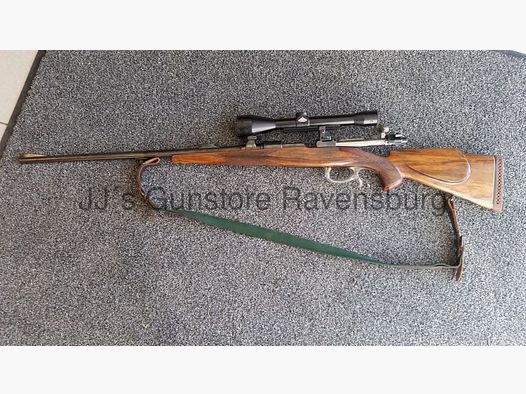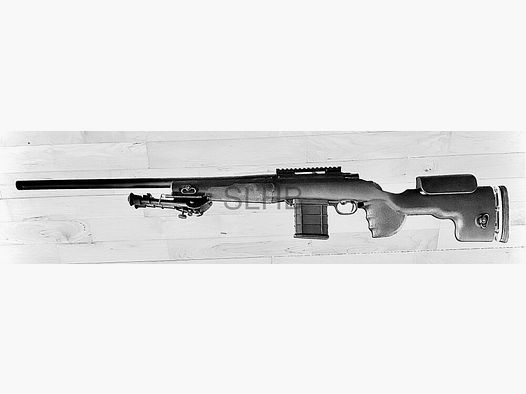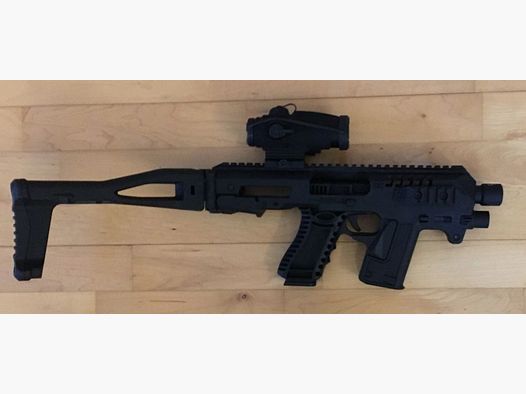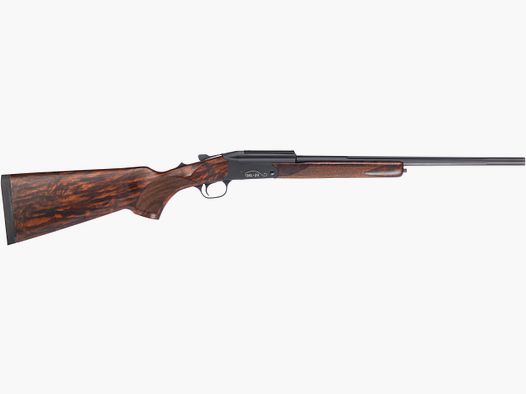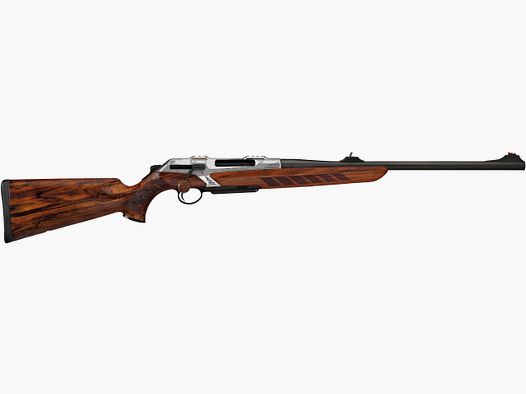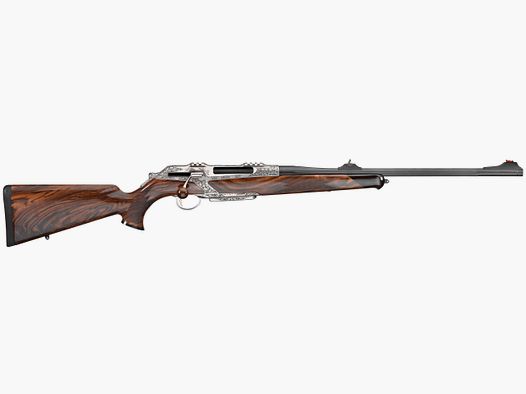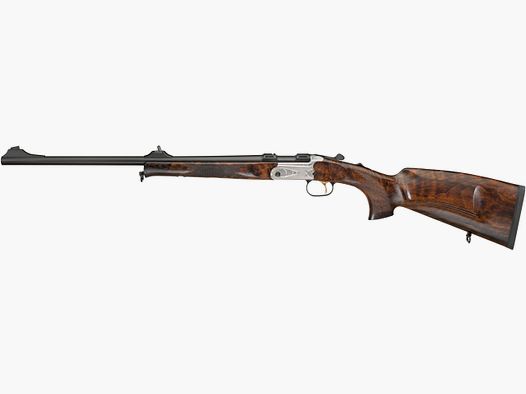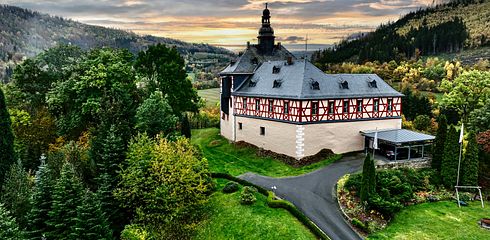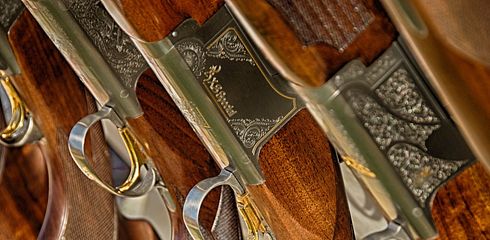The Rescue of Fawns: Why It Is Necessary and What Equipment Is Needed
The rescue of fawns is an important aspect of nature conservation and wildlife assistance. Every year, numerous fawns are endangered or even killed by agricultural machinery. Hunting and forestry associations estimate a number of about 100,000 fawns annually! To help these young animals and ensure their survival, more and more people are getting involved in fawn rescue. In this article, we will take a closer look at the necessity of fawn rescue and introduce the equipment needed for a successful rescue operation.
Why Is Fawn Rescue Necessary?
Fawn rescue is necessary to protect the valuable wildlife, especially fawns, from the dangers of modern agriculture. During the mowing season, many fields are worked on with mowing machines that cut down meadows and green areas. The fawns are hardly recognizable due to their natural camouflage and their instinct to lie flat on the ground when in danger. They are often overlooked by the mowing machines and meet their death. Fawn rescue is committed to finding these endangered young animals in time and bringing them to safety before the mowing work begins.
The Right Equipment for Fawn Rescue
Fawn rescue requires special equipment to locate, recover, and protect the fawns. Here are some important pieces of equipment needed for a fawn rescue operation:
Drones for Fawn Rescue
Drones are increasingly being used in fawn rescue. With the help of thermal imaging cameras, rescuers can detect the heat signatures of fawns from the air and determine their exact positions. This allows for targeted searching and minimizes stress for the animals.
Search Dogs:
Trained search dogs are extremely effective in locating hidden fawns. They are capable of tracking the scent trails of the young animals and indicating their positions. The dogs are trained not to disturb or harm the fawns, but only to indicate where they are located.
Protective Clothing
When recovering fawns, it is important to wear protective clothing to minimize one's own scent and not to frighten the animals. This includes special overalls, gloves, and boots that are washed and treated with odor-reducing agents.
Transport Boxes
Suitable transport boxes or crates are required to safely transport the rescued fawns. These boxes should be well-ventilated and lined with soft material to provide comfort for the animals and prevent injuries.
First Aid Equipment
A basic first aid kit is also important to treat injuries or problems with the rescued fawns. This includes bandages, disinfectants, tweezers, and scissors.
Conducting a Fawn Rescue Operation
Fawn rescue requires a certain level of organization and cooperation among the rescuers. Here are some steps that are typically carried out during a fawn rescue operation:
Preliminary Research
The rescuers should gather information about the areas to be searched in advance. This can be done by consulting with farmers, foresters, or other local experts. Due to the territorial habits of deer, some areas are more likely to have fawns hiding there. The exact timing of the fawn rescue must be coordinated with the farmer: When will which meadows be mowed?
Search and Recovery
The rescuers systematically go through the areas to be searched and look for the fawns. Drones, search dogs, and visual inspections are used in this process. Once a fawn is found, it is carefully placed in the transport box and taken away. The found fawns are placed near the discovery site at the edge of the forest. They should not be placed on the already mowed area, as there is no protection guaranteed due to the removed coordination.
The Benefits of Fawn Rescue
Fawn rescue is of great importance to ensure the survival of endangered fawns. Through timely recovery and protective measures, many young animals can be saved from certain death due to mowing operations. Furthermore, fawn rescue contributes to the preservation of biodiversity and ecological balance.
The rescuers involved in fawn rescue make a valuable contribution to nature conservation and actively advocate for the protection and preservation of our wildlife. Their efforts are crucial in raising awareness of the needs of fawns and protecting their habitats.
Fawn rescue plays an important role in protecting and preserving fawns from the dangers of modern agriculture. By using special equipment such as drones, search dogs, and protective clothing, the animals can be effectively located, recovered, and brought to safety. Fawn rescue requires coordination, organization, and commitment from volunteer rescuers. Their efforts are invaluable and help ensure the survival and well-being of fawns. It is important to raise awareness for fawn rescue and recognize the significance of protecting our wildlife. Together, we can help ensure that fawns have a safe and livable environment in which to grow up.



